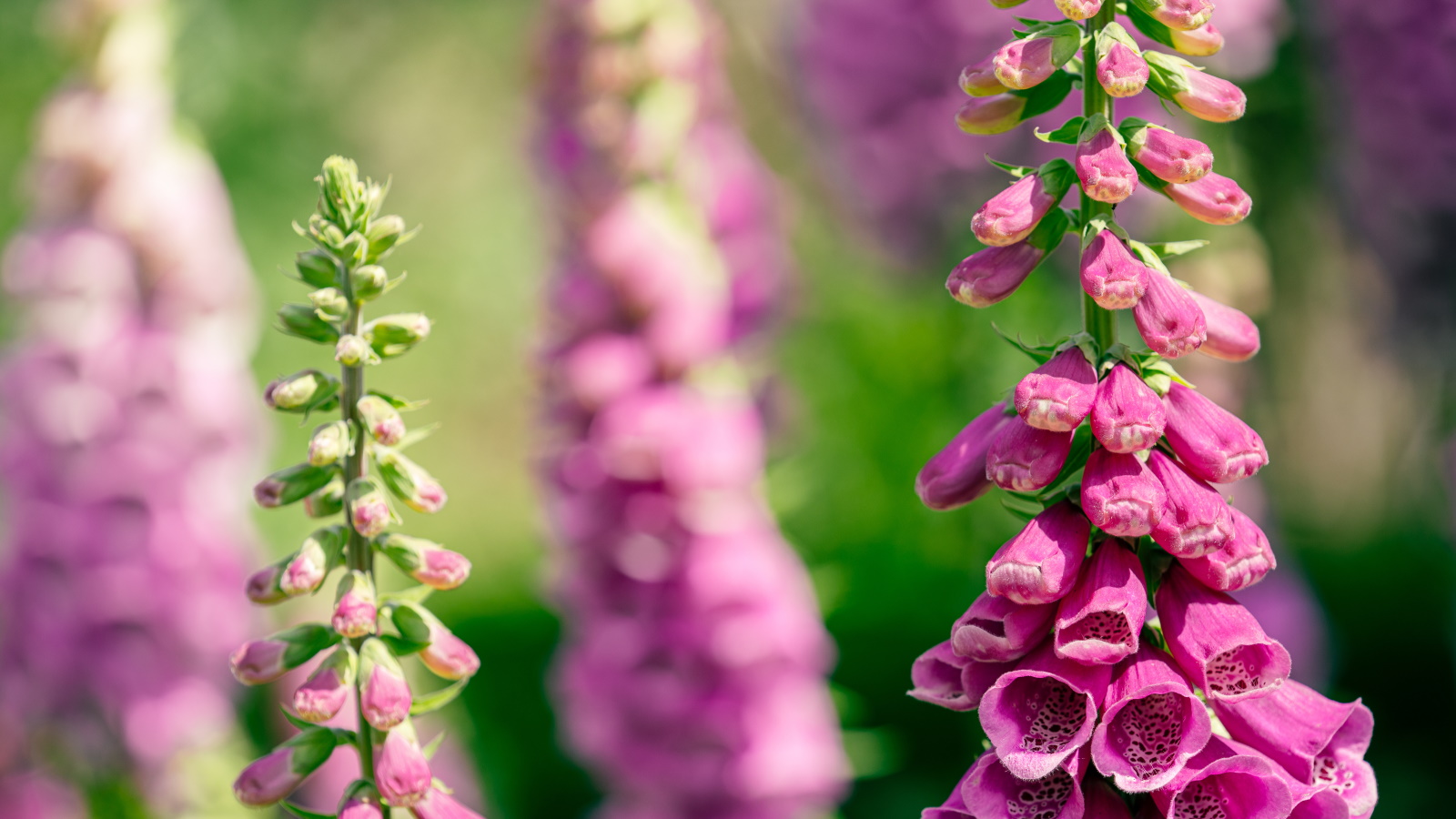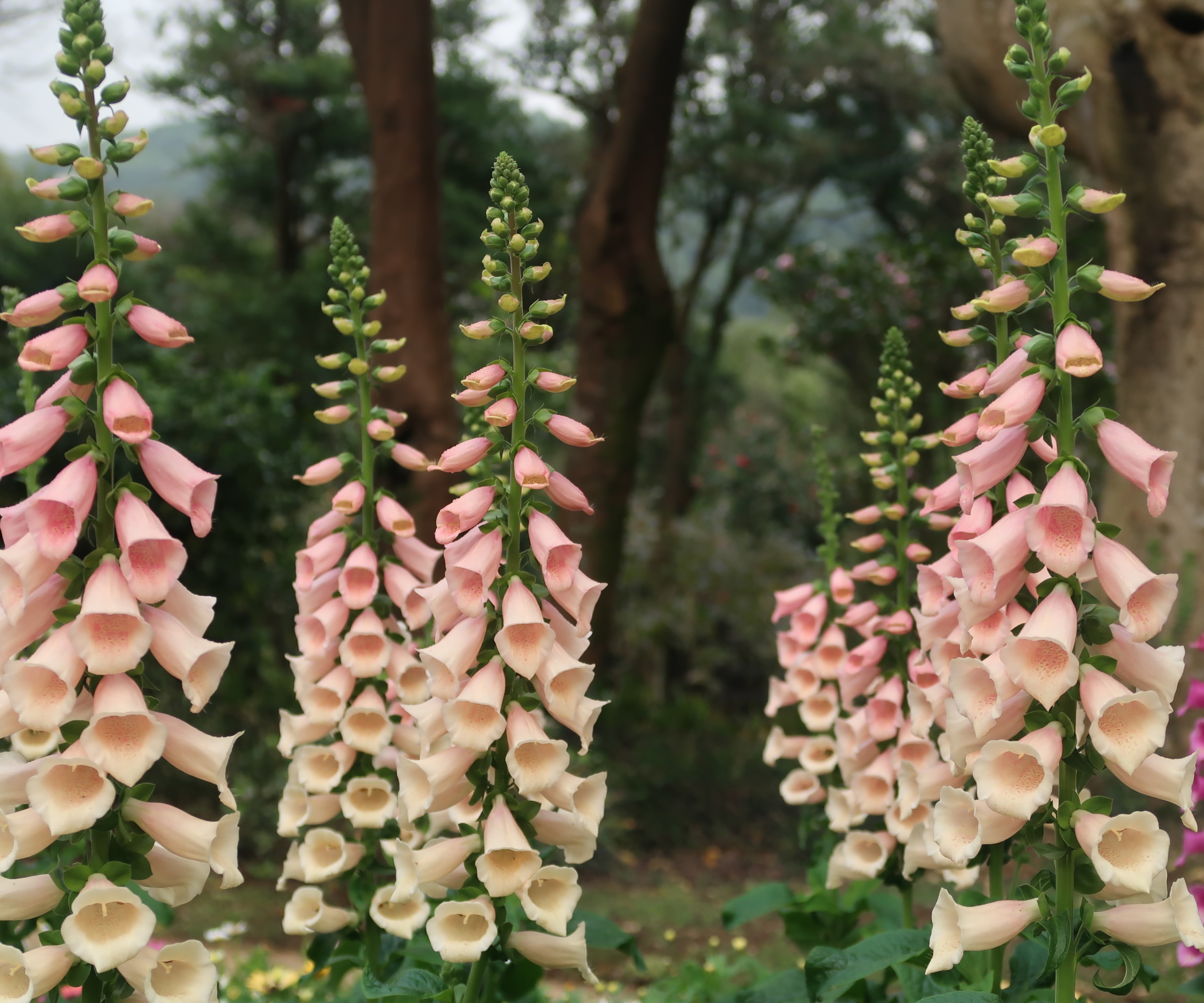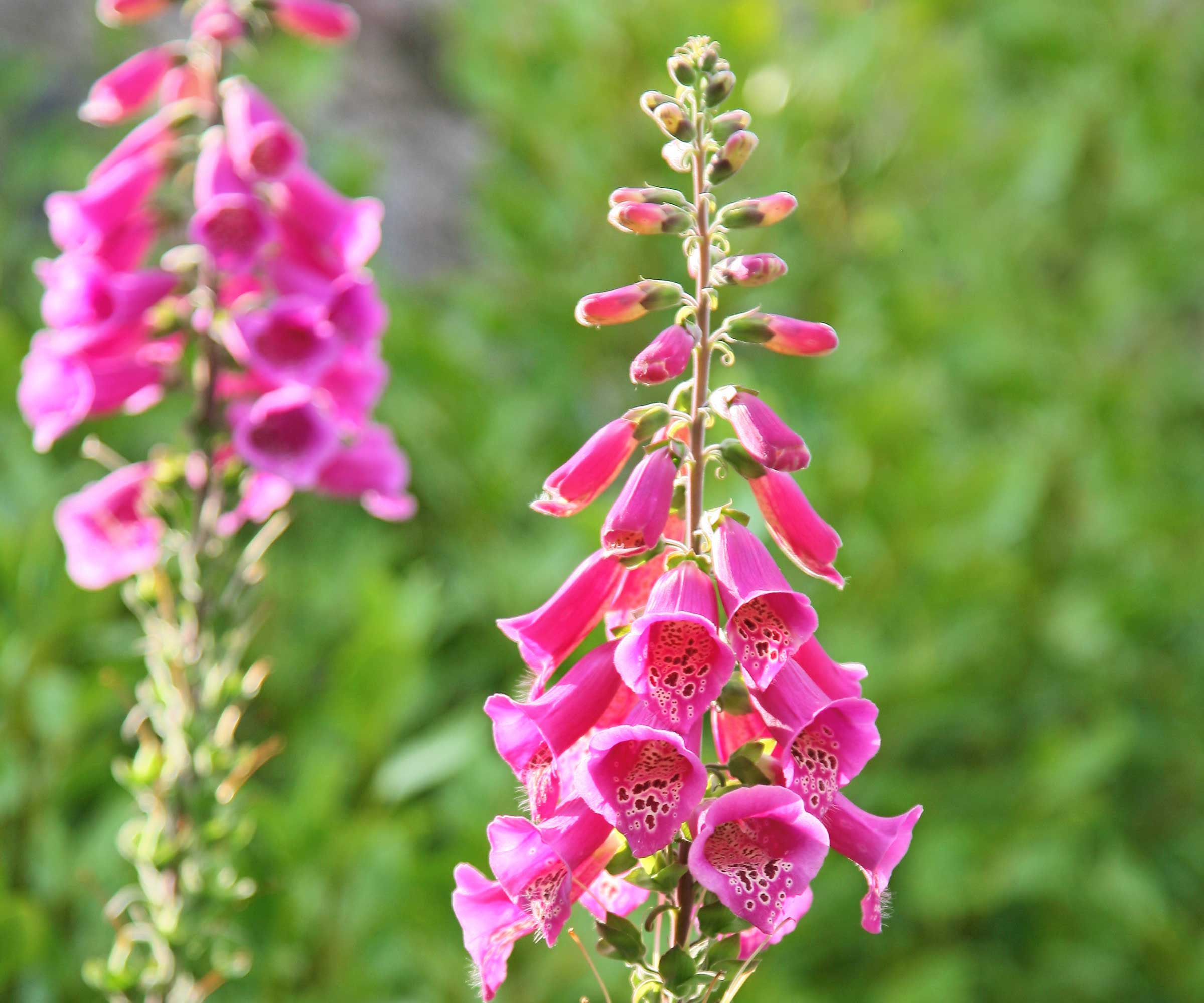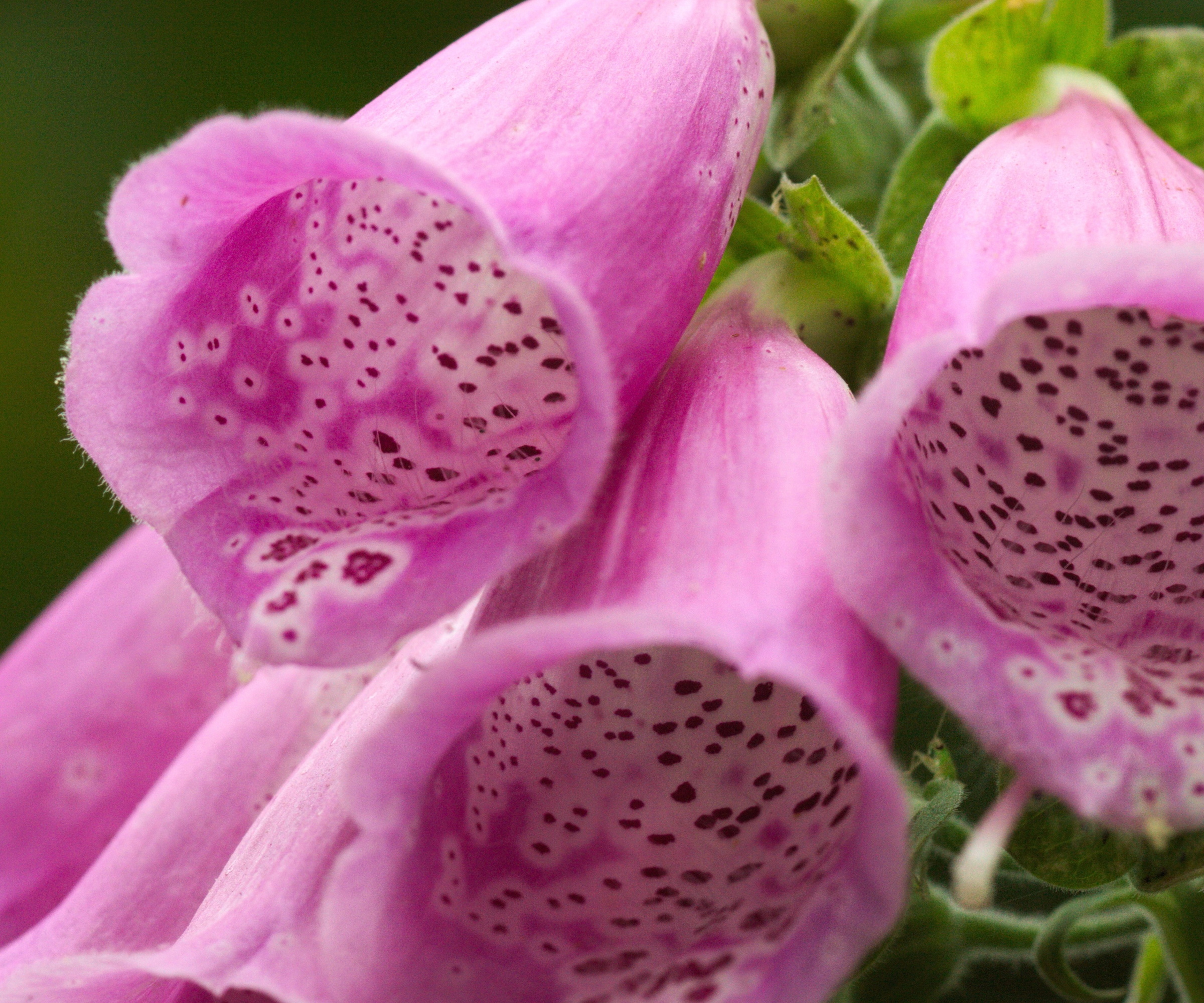
Foxgloves are quintessential cottage garden plants. When I think of these blooms, I imagine an English pastoral landscape, a small cottage, wildflowers, and foxgloves shooting skywards, injecting pink and purple flashes of color in the borders. It is hard not to be romantic about this plant, for it is a timeless favorite of many gardeners.
Foxgloves typically flower from mid to late spring and bloom in a range of colors, from Barbie pink to Arctic white. Gardeners prize foxglove flowers for adding vertical structure to borders and containers, but they are also a popular plant for pollinators. The open, bell-shaped flowers attract bees and insects who can often be seen feasting on the nectar-rich blooms.
While you may know how to grow foxgloves, it is important to know what to do with foxgloves after they finish flowering. With the right care and attention, you can extend blooming, and ensure that your borders are filled with foxglove flowers the following year. Here, I share all I know about how best to care for your foxglove plants.

What to do with foxgloves after they finish flowering
Foxgloves are biennials, meaning that they will not bloom in their first year after germination. Over winter, young foxgloves will remain dormant before blooming the following spring.
With the right care, you can extend your foxglove flower show this year, while also saving seed so that foxgloves will grow in your yard for years to come.
Deadheading foxgloves

Foxgloves are popular flowers that attract bees, and fortunately for us gardeners, they are not complicated plants to grow. Once your blooms begin to discolor, droop and fade, a simple but important job is to remove spent flower spikes. Always use clean, sharp shears, such as these secateurs from Walmart.
Regularly removing these flower spikes once they have finished flowering prevents the plant from producing seed, thus helping to conserve the plant's energy. Efficient deadheading of foxgloves can help your plant to produce additional, later-flowering blooms. In my experience, second-flush foxgloves may only reach limited heights but will help to maintain interest in the borders for an extra few weeks.
Deadheading foxgloves will not be as time-intensive as the deadheading of other flowering plants can be. Zinnias, calendulas, or poppies, for example, can produce many blooms per plant, whereas foxglove clumps may only produce 5 or 6 stems.
Foxgloves flower from the bottom of the stem to the top. I would recommend snipping the stem down to the base, at the point where the foliage emerges, doing so once the stem has bloomed up until the last few inches. One of the most common deadheading mistakes is to leave the flower stems until all buds have flowered. This is to be avoided as doing so will allow the plant to begin seed production and waste energy that could be spent on extra flower stems this year.
Before you remove every flower stem, however, it can be a good idea to leave at least one stem to give you plenty of flower seed for the following year, which I discuss in the next section.
Saving foxglove seed

I have grown foxgloves in many different gardens where I have worked, and would always suggest leaving one or two flower stems to go to seed. Remember that efficient deadheading will stop these woodland plants from producing seed, which is ideal if you want to encourage additional flower spikes in the current year.
It is, however, important to think of the following year and the next stage of the biennial plant life cycle. Leaving one or two flower spikes to go to seed will help boost your foxglove collection for subsequent years.
When considering the best approach for collecting seeds, you may want to keep the seeds of cultivars that you have enjoyed this year. However, foxglove seed will generally not remain true to the parent plant. This is because they may have been pollinated with the pollen of a different plant.
So, while you may save the seed of your prized peach foxglove this year, the seed that you collect may produce bright pink blooms. It is the gardener's gamble as to what will bloom next year, but all part of the joys of growing from seed.
You can either allow the seed to scatter around the yard if you have a liberal, free approach to gardening. Alternatively, you can place a paper bag around aging flower spikes, tied carefully with string, which will prevent the seed from dropping where you do not want it to grow. The bag will collect hundreds or even thousands of tiny seeds that you can then place around the yard where you intend for it to grow.
This is a standout foxglove with peachy-pink blooms. Blooming from late spring right into late summer, these flowers are popular with bees and butterflies.
FAQs
Are all foxgloves biennial?
The majority of foxgloves are biennial, meaning that they will not flower in their first year after germination. Foxgloves that we typically see in garden borders, with white, pink and purple blooms, tend to be biennial. There are a small number of evergreen and perennial foxgloves, such as Digitalis ferruginea, which retains its foliage year-round and produces attractive yellow-brown blooms, so always check on the growing habits of your specific foxglove.
With the right approach to deadheading and seed-saving, you can extend the flowering of your foxglove plants and ensure that enough seed is saved to see blooms fill your yard for years to come.
For more information on saving and growing from seed, see our guide on when to plant wildflower seeds, for a bounty of beautiful bloom in your borders.







